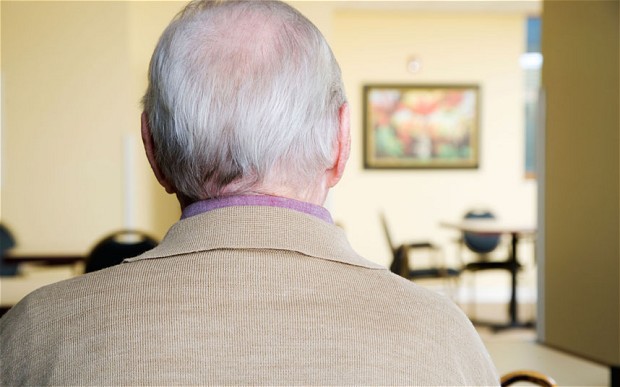“We saw it happen almost overnight,” [State Senator Diane J. Savino] said, describing programs that sprang up in sites like former auto-shops and part-time banquet halls in neighborhoods like Brighton Beach and Manhattan’s Chinatown, siphoning off low-income immigrant seniors from regular senior centers, “and basically stealing Medicaid dollars to do it.”
“We’re dealing with the unintended consequences of a very good initiative,” she added, referring to the Cuomo administration’s Medicaid redesign, which has rapidly transferred tens of thousands of elderly and disabled people from a fee-for-service system to managed care, in an attempt to reduce Medicaid spending and nursing home use.
Under the new system, managed care plans get roughly $3,800 a month for each eligible person they enroll in New York City, regardless of what services are provided. The plans contract with the social adult day care centers to provide services to their members. But advocates for the elderly and for people with disabilities have warned state officials that some plans were “cherry-picking” healthy seniors by using the new day care centers as marketing tools, while shunning the people who needed hours of costlier home care.
Joan Pastore, director of Amico, a city senior center in Dyker Heights, Brooklyn, said members of the center told her that they were not only signed up by new centers with enticements like $100 in cash and $50 for bringing a friend, but “coached on how to lie to qualify for home care.” (NYT)
 I was perusing a health news website and ran across an advertisement for SmartSole, a GPS insole tracking device. It’s developed for Alzheimer’s patients and those with cognitive impairment who make be at risk of wondering away from their caregivers.
I was perusing a health news website and ran across an advertisement for SmartSole, a GPS insole tracking device. It’s developed for Alzheimer’s patients and those with cognitive impairment who make be at risk of wondering away from their caregivers.


